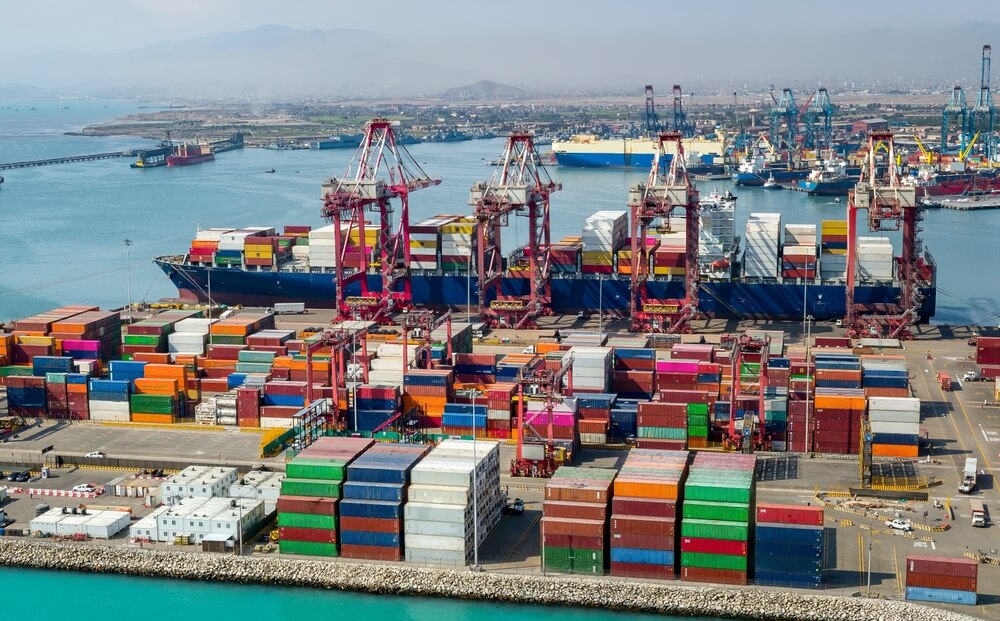Latin America’s economic problems are structural, and they are not going away on their own.
A recent survey by the United Nations Economic Commission for Latin America and the Caribbean (ECLAC) makes this clear, showing that neither the market-oriented reforms of the 1980s nor the progressive agendas of the left-leaning governments that have led much of the region in recent decades have delivered sustained growth.
The conclusion is unavoidable: Latin American countries must adopt a new development model.
The data support this conclusion. Since 1990, annual growth has averaged just 2.5% – less than half the 5.5% average recorded between 1950 and 1980, an era defined by state-led industrialization.
The slowdown has affected nearly every country in the region, including its two largest economies, Brazil and Mexico. It has been especially severe in Venezuela, where economic output has fallen to less than 60% of its 1990 level.
Periods of rapid growth have been rare. The most notable episode, between 2004 and 2008, was driven largely by soaring commodity prices rather than domestic reforms.
By contrast, crises have been frequent and severe, including the fallout from the 1997 Asian financial crisis and what I have called Latin America’s “new lost decade” between 2014 and 2024, when annual growth fell to just 0.9% – even lower than the 1.4% recorded in the 1980s, the region’s original lost decade.
The slowest-growing region in the developing world
The subsequent recovery has also been weak. The region grew by 2.2% in 2024, with ECLAC projecting a similar pace for 2025 and 2026.
The International Monetary Fund echoes this outlook, predicting 2.2% growth in 2025 and 2.4% next year.
Latin America is widely expected to remain the slowest-growing region in the developing world
Despite the slight uptick, Latin America is widely expected to remain the slowest-growing region in the developing world, trailing the Middle East, emerging and developing Asian economies, and Sub-Saharan Africa.
Weak economic performance has had profound social consequences. After declining between 2002 and 2014, poverty has held steady at just under 30%, while extreme poverty remains close to 10%.
Fiscal fragility compounds the problem: high public debt, combined with elevated global interest rates, has forced governments to allocate a significant portion of their resources to debt-service payments, leaving limited room for social spending or public investment.
Premature deindustrialization
The structural factors underlying the region’s economic malaise are readily identifiable.
Most Latin American economies have experienced premature deindustrialization since the market reforms of the 1980s, leaving them heavily dependent on primary commodities in South America and low-skilled manufacturing in the region’s northern countries.
With industrial policies either abandoned or weakened, and investment in research and development strikingly low, at just 0.6% of GDP, compared with 2.6% in China and 2.7% in high-income economies, productivity growth has flatlined.
Adding to the structural challenges are the anticipated effects of US President Donald Trump’s economic policies
Adding to these structural challenges are the anticipated effects of US President Donald Trump’s economic policies.
Chief among them is the tightening of immigration restrictions, which could sharply reduce remittances, especially to the region’s northern economies.
Trump’s protectionist tariff agenda represents another major threat. While Latin America is somewhat less affected than other regions, with most countries facing only the minimum tariff of 10%, some exceptions stand out: Brazil, Mexico’s automotive industry, and several Central American countries.
The region risks yet another lost decade
A third concern is the financial spillover from US monetary policy. Because US Treasuries serve as benchmarks for Latin American borrowing, rising yields have already driven up financing costs across the region.
The pressure could ease if the Federal Reserve continues cutting rates, but much will depend on when and how quickly it acts.
 While trade with China continues to grow, it follows a nineteenth-century pattern: Latin America exports commodities and imports manufactured goods
While trade with China continues to grow, it follows a nineteenth-century pattern: Latin America exports commodities and imports manufactured goods
The Chinese economy represents both an opportunity and a risk. While trade with China continues to grow, it follows a nineteenth-century pattern: Latin America exports commodities and imports manufactured goods.
Moreover, China’s reduced access to the US market could prompt it to dump excess output into other countries.
Lastly, regional economic integration – once a source of great optimism – has weakened, undermined by rising regional political tensions.
Trump’s tariff policies may, however, push Mexico to strengthen trade ties with its southern neighbors, potentially opening new pathways for intra-Latin American commerce.
As the ECLAC report points out, the region’s economic agenda must undergo a profound transformation, beginning with effective industrial policies supported by higher investment in R&D.
Such measures would enable Latin American countries to capitalize on the opportunities offered by ongoing technological shifts.
Crucially, this does not mean abandoning commodity exports, but rather focusing on food products and the strategic minerals that power the clean-energy transition, particularly copper and lithium.
Bolstering regional economic integration is equally vital, including in new areas like technological cooperation and intra-regional financing. And, most important, economic transformation requires ambitious social policies that foster job creation, support small businesses, and generate productive opportunities for self-employed workers.
By acting decisively, Latin America can finally break free from its cycle of sluggish growth and recurring crises, and build an economy that delivers lasting prosperity. Otherwise, the region risks yet another lost decade.
José Antonio Ocampo, a former United Nations under-secretary-general and a former minister of finance and public credit of Colombia, is a professor at Columbia University, a member of the UN Committee for Development Policy, and a member of the Independent Commission for the Reform of International Corporate Taxation.